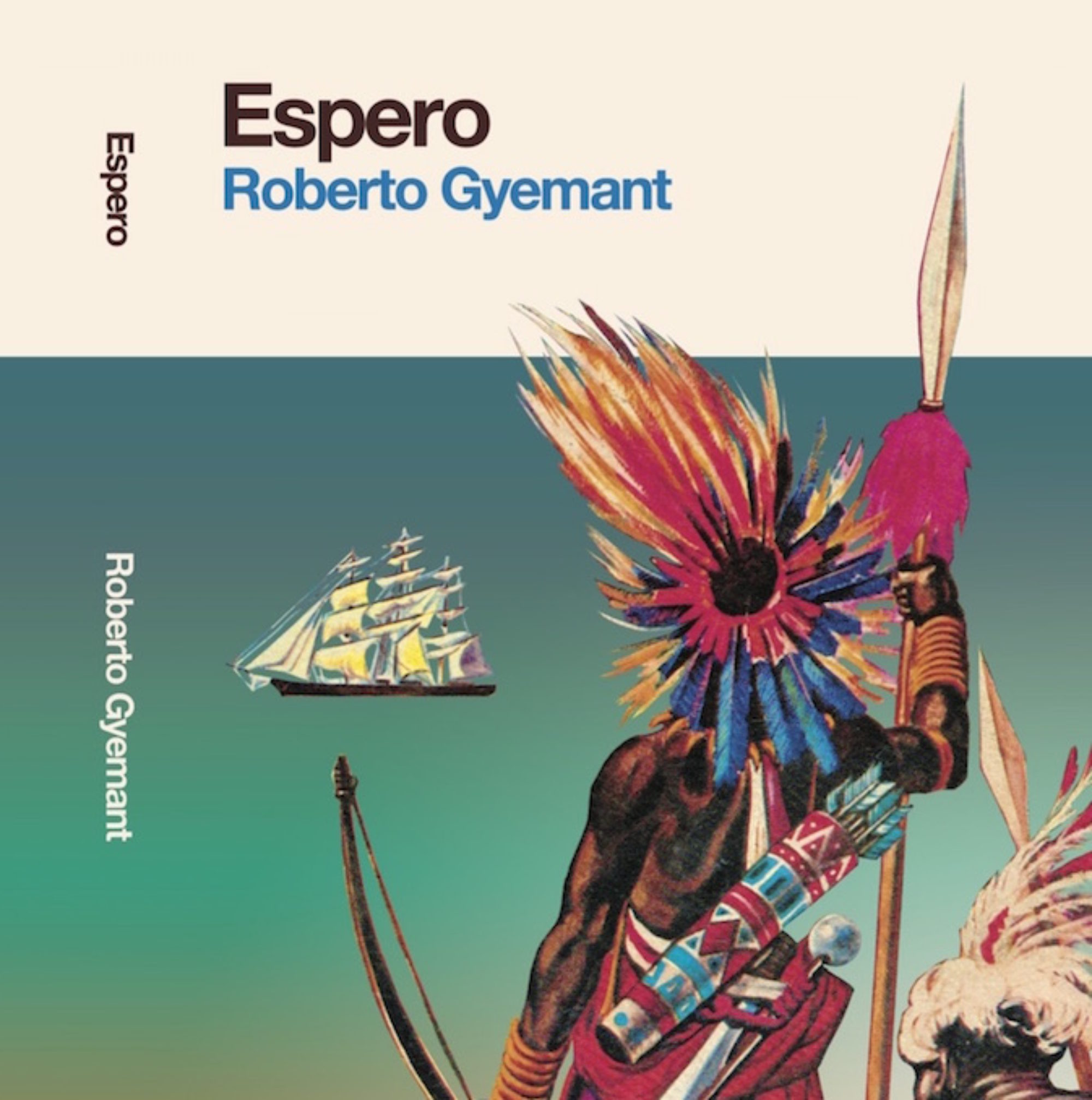Jaime Murrell was looking for a new sound, which he had been probing towards with his “I Like To Be With You” (see previous post) on Happy Records, his last using the name Los Mozambiques. For his new band – named Skorpio – he added trumpets in Umar Al Sadik (then known as Dario “Plaga” Rodriguez) and Enrique Arthur, Ibrahim Merel on Sax, and enlisted a nineteen year old piano prodigy/arranger named David Choy.
Choy (b. 1955), who was raised in El Casco Viejo, had Cuban and Chinese grandfathers who were both professional musicians. His uncles were horn players as well, and luminaries like internationally recognized trumpet player Victor “Vitin” Paz were regular household guests. Choy, who started young on the violin and piano, studied medicine, intending to be a plastic surgeon. At 16 or 17 he was attending a dance where the Soul Fantastics were playing, and someone who knew he could play let the band know, and they invited him onstage to play the organ.
Music called, and he spent a year and half at the conservatory, learning how to read, write and arrange. At some point he came to the attention of Murrell, who took him on as pianist for the recording of Los Mozambiques “I Like To Be With You”, and subsequently as musical director of Skorpio. Choy had arguments with his Cuban grandfather, who wanted him to focus on classical music, but he persisted. Recall that at this time, being a popular dance musician was considered a lower class occupation, almost like being part of an underworld.

Aside from the new horns (which at times included Hermogenes “Toty” Pino on trombone), Murrell got Federico “Rico” Blythe on guitar, brothers Ricardo “Oso” and Jorge “Willie” Ramirez on Bass and Drums respectively, Manuel Vicente Rosales on Tumba and backup singer/guitar player Tommy Barrett. Per Tommy, Willie Ramirez was a smoking hot drummer.
(I met Tommy (QEPD) in Colón in the early 2000s, and he was quite a character. He had a small stand just inside one of the many run-down buildings along the Avenida Central where he made custom mix CDs for people by burning audio from LPs and 45s that people found in the trash and brought to him. He had fantastic taste in music. Unfortunately, he would throw them away after he had burned them, and no matter when I said, I couldn’t convince him to hold on to the vinyl so I could buy them the next time I was in town. Nothing I said could convince him otherwise.)(Insert Edvard Munch Scream emoji here.)
Skorpio recorded an excellent cover of Cheo Feliciano’s “El Raton” on Discos Taboga with distorted electric guitar, which Cheo had recently rereleased with the Fania All Stars on the live “Latin – Soul – Rock” LP – which was huge in the Carribean barrios of Latin America at that time. And then they entered the studio for Sr. Almanza of Happy Records again.
Almanza’s Happy/Continental de Discos label is another one of the small labels that produced some fantastic music in ’70s Panama, including the Latin Soul of Natalia Clarke and the Gliders, La Maffia (their monster version of Fela Kuti’s “Black Man Cry” was on Happy), as well as two excellent Salsa dura 45s (and one LP that inexplicably only had a Colombian pressing) by the underrated La Ofensiva.
Here is the cover for their debut LP Skorpio on Happy, with stunning art credited to Alfonso Hernández:


Skorpio was the first combo to use a piano – soon a Wurlitzer electric piano, which stood out in Choy’s hands – and Murrell and Choy’s new sound was on full display in their fantastic soulful/latin arrangement of Mexican Idol Vicente “Chente” Fernandez’s 1972 megahit “Volver Volver”:

Regarding his arrangement of “Volver Volver”, Choy noted that he was sometimes chided for his eclectic tastes by other bandleaders and arrangers who were squarely in the Afro-Cuban school – but, he admits: “Yo soy muy Funkero, Latino pero Funkero.”
Another masterpiece on this LP is the 10 minute long (split into two songs) ” I Can’t Make It/E Man Boogie.” Both are covers, the first of Bay Area Chicano/Latin Rock legends Sapo (an original 1974 composition by singer Richard Bean), and second by the Jimmy Castor Bunch.
Recall that with the Canal Zone in US hands and the Vietnam war raging, American servicemen (significant portions of whom were African American, Puerto Rican and Chicano) and American Radio were constant in Panama, especially for musicians whose musical antennae are always finely tuned. David Choy confirms that he played with many ethnic Americans in the Canal Zone, “mucho Boricua”, including the bassist of the mystery Panamanian funk/soul group Jungle Rat.
Skorpio released an excellent cover of the great Colombian bandleader Fruko’s oriza-rhythm “Manyoma” on Happy and then released a second LP (and a number of singles) on Tamayo entitled Santo de Barraza. That LP included the slinky bilingual Soul Cha Cha smoker “Sonia.” Noted as a “Salsa – Soul”, the song was written by Raúl Gallimore, brother of the Beachers famous organ player/bandleader Lloyd Gallimore:

Skorpio played live often in 1974-76, before the band split up in 1977.

After Skorpio, Choy played with groups called “Bandido” and “Sunset” in the Canal Zone, doing lots of Latin-flavored funk and rock covers. Unfortunately, neither group recorded. He went on to a fruitful career as composer and arranger in Panama and Latin America, and his compositions appear on Ruben Blades’ “La Rosa de Los Vientos” LP (1997).
Looking back, Skorpio were one of the high points (along with standout groups like The Exciters, The Silvertones, Los Fabulosos Festivals and Los Mozambiques) in the fantastic, unique fusions of Latin/Caribbean and North American musics that the brilliant Afro-Antillean and Mestizo youth of the Republic of Panama produced in the ’60s and ’70s.
